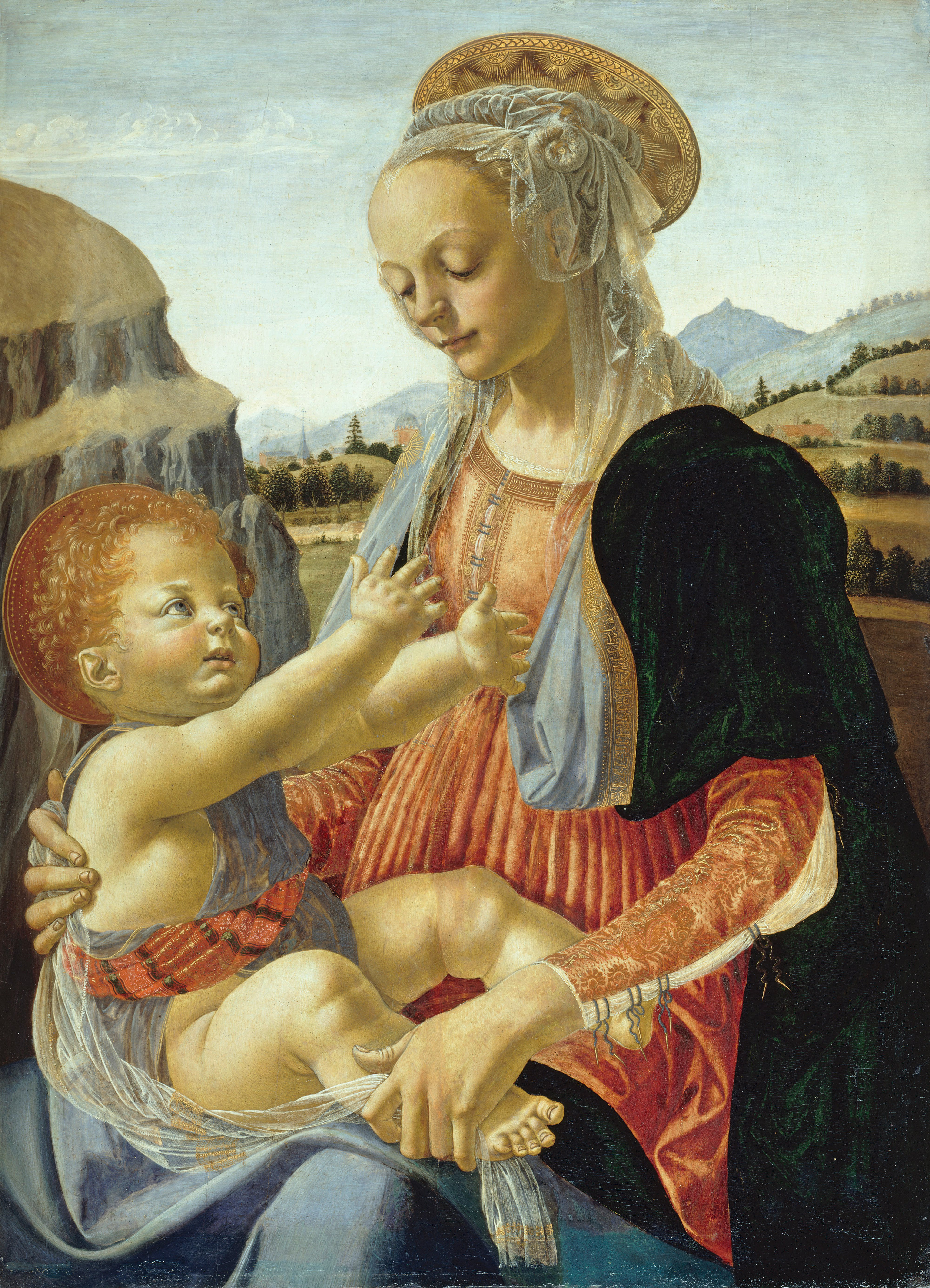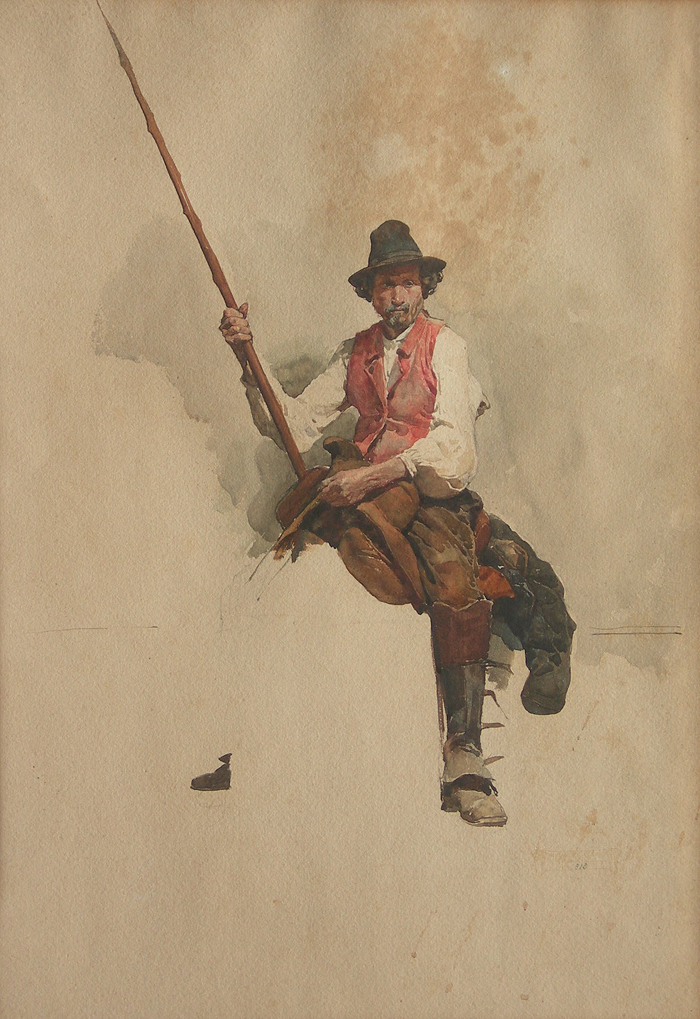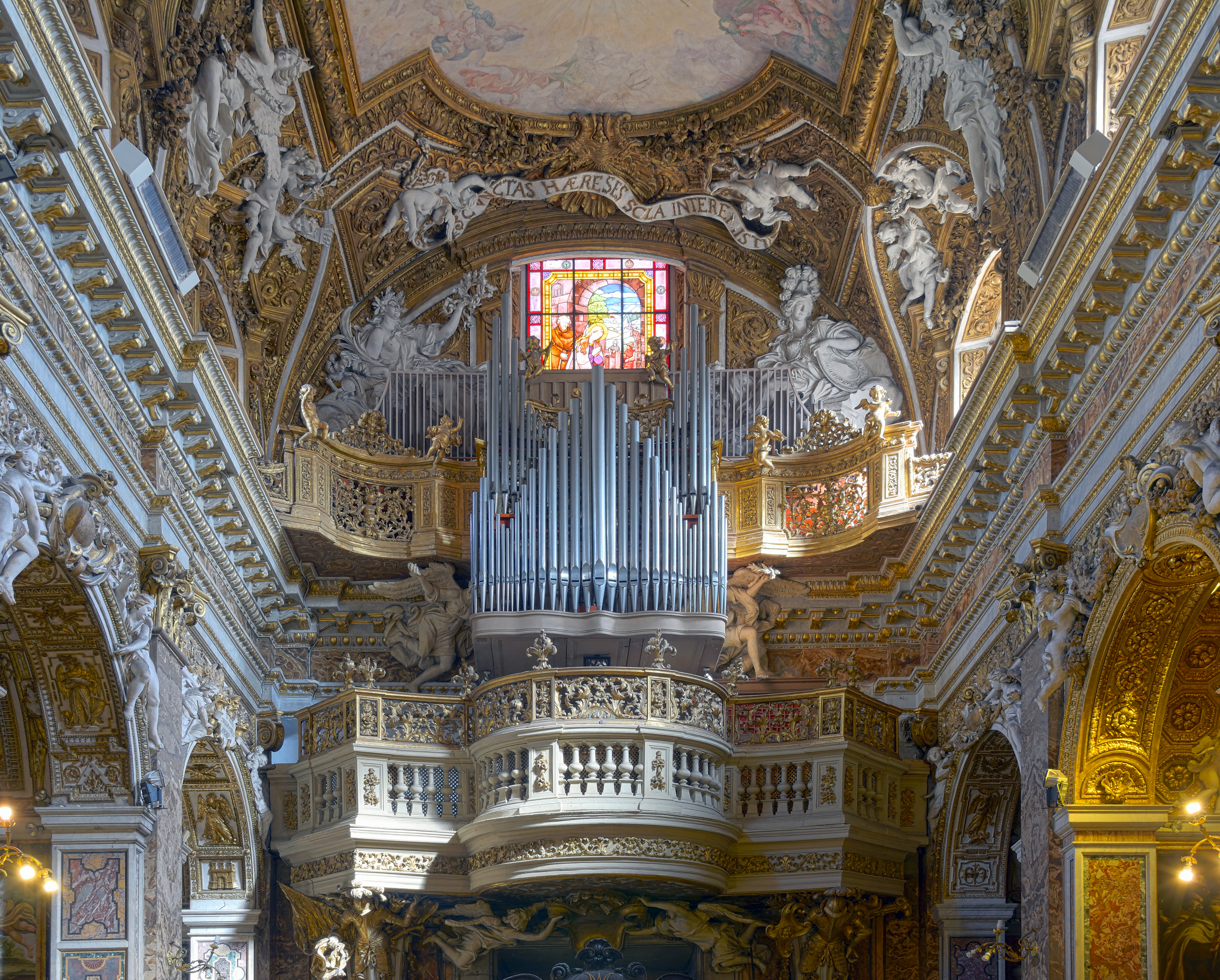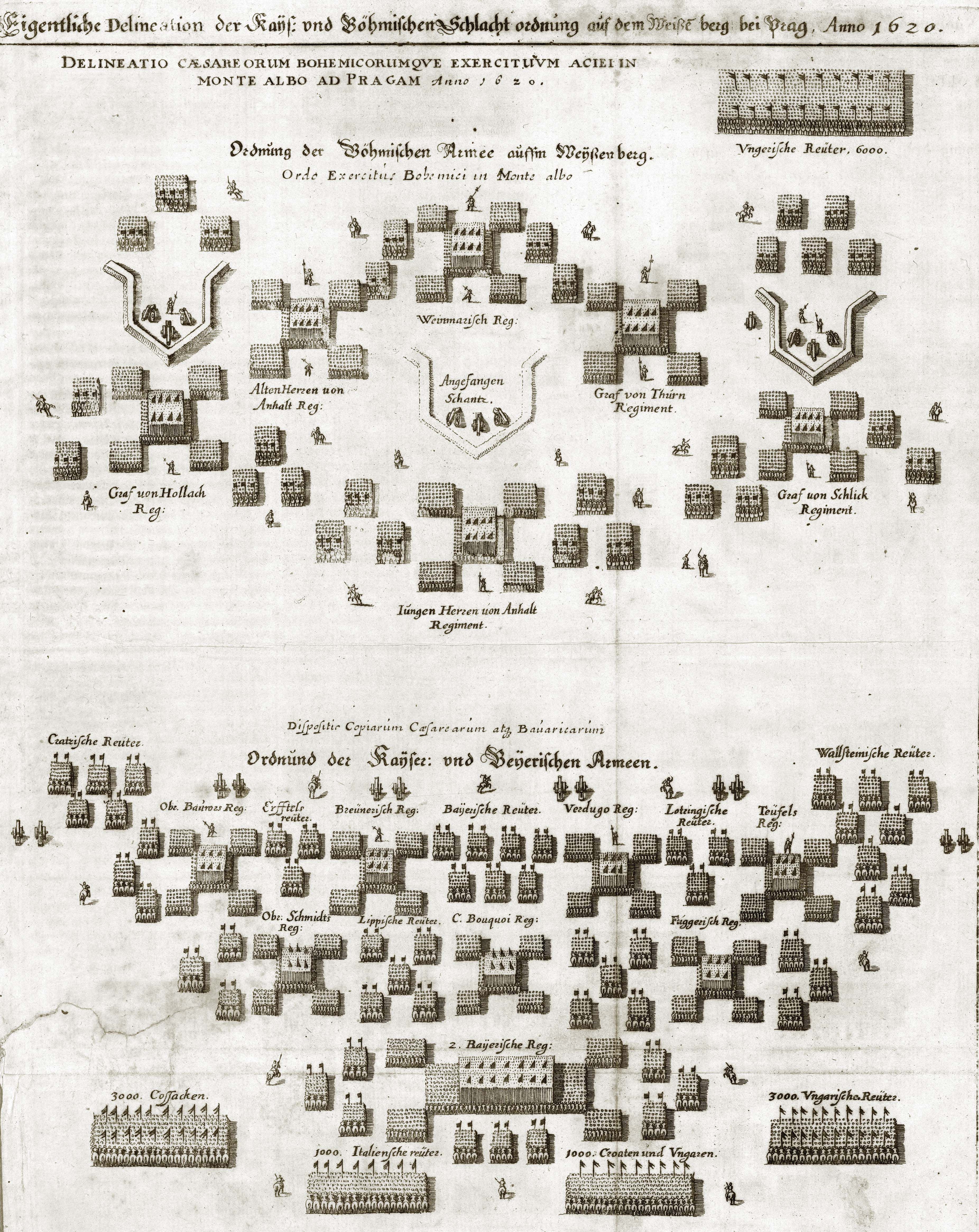|
Luigi Serra
Luigi Serra (June 8, 1846 – July 11, 1888) was an Italian painter, known for his watercolors. Biography In 1858 Serra began studies at the Collegio Artistico Venturoli, working first under Gaetano Serrazanetti and then under Luigi Busi. In 1863 he was admitted the Bolognese Academy of Fine Arts, where he studied under Giulio Cesare Ferrari, Antonio Puccinelli, and Salvino Salvini, and in 1865 he received a medal for painting. In 1866, he won the Angiolini Stipend, a prize that allowed him to travel to Florence. In Florence, he was a companion of Raffaele Faccioli, with whom he shared an award in 1866. The last years of his scholarship (1869-1870) led him to move to Rome. In Florence, he had befriended the circle of Macchiaioli painters who frequented the Caffè Michelangiolo; yet, unlike those painters, Serra practiced in a Purismo style recalling Quattrocento painters like Francesco del Cossa, Andrea del Castagno, Verrocchio, and Pollaiolo. In the early 1870s Serra joine ... [...More Info...] [...Related Items...] OR: [Wikipedia] [Google] [Baidu] |
Bologna
Bologna (, , ; egl, label=Emilian language, Emilian, Bulåggna ; lat, Bononia) is the capital and largest city of the Emilia-Romagna region in Northern Italy. It is the seventh most populous city in Italy with about 400,000 inhabitants and 150 different nationalities. Its Metropolitan City of Bologna, metropolitan area is home to more than 1,000,000 people. It is known as the Fat City for its rich cuisine, and the Red City for its Spanish-style red tiled rooftops and, more recently, its leftist politics. It is also called the Learned City because it is home to the oldest University of Bologna, university in the world. Originally Etruscan, the city has been an important urban center for centuries, first under the Etruscans (who called it ''Felsina''), then under the Celts as ''Bona'', later under the Romans (''Bonōnia''), then again in the Middle Ages, as a free municipality and later ''signoria'', when it was among the List of largest European cities in history, largest Euro ... [...More Info...] [...Related Items...] OR: [Wikipedia] [Google] [Baidu] |
Verrocchio
Andrea del Verrocchio (, , ; – 1488), born Andrea di Michele di Francesco de' Cioni, was a sculptor, Italian painter and goldsmith who was a master of an important workshop in Florence. He apparently became known as ''Verrocchio'' after the surname of his master, a goldsmith. Few paintings are attributed to him with certainty, but a number of important painters were trained at his workshop. His pupils included Leonardo da Vinci, Pietro Perugino and Lorenzo di Credi. His greatest importance was as a sculptor and his last work, the Equestrian statue of Bartolomeo Colleoni in Venice, is generally accepted as a masterpiece. Life Verrocchio was born in Florence in around 1435. His father, Michele di Francesco Cioni, initially worked as a tile and brick maker, then later as a tax collector. Verrocchio never married, and had to provide financial support for some members of his family. He was at first apprenticed to a goldsmith. It has been suggested that he was later apprenticed to Do ... [...More Info...] [...Related Items...] OR: [Wikipedia] [Google] [Baidu] |
Angelo Sommaruga
Angelo is an Italian masculine given name and surname meaning "angel", or "messenger". People People with the given name *Angelo Accattino (born 1966), Italian prelate of the Catholic Church *Angelo Acciaioli (bishop) (1298–1357), Italian Roman Catholic bishop from Florence *Angelo Achini or Angiolo Achini (1850–1930), Italian painter *Angelo Agostini (1843–1910), illustrator, journalist and founder of several publications, and although born in Italy, is considered the first Brazilian cartoonist * Angelo Aimo (born 1964), Italian footballer *Angelo Albanesi (late 1765–1784), Italian engraver *Angelo Alistar (born 1975), Romanian footballer * Angelo Ambrogini Poliziano (1454–1494), Florentine classical scholar and poet *Angelo Andres (1851–1934), Italian zoologist *Angelo Anelli (1761–1820), Italian *Angelo Angeli (1864–1931), Italian chemist *Angelo Anquilletti (1943–2015), Italian football defender *Angelo Antonino Pipitone (born 1943), member of the Sicilian M ... [...More Info...] [...Related Items...] OR: [Wikipedia] [Google] [Baidu] |
Cesare Maccari
Cesare Maccari (; 9 May 1840 – 7 August 1919) was an Italian painter and sculptor, most famous for his 1888 painting ''Cicerone denuncia Catilina'' (usually translated as ''Cicero Accuses Catiline'' or ''Cicero Denounces Catiline''). Early life Maccari was born in Siena, in the Grand Duchy of Tuscany. He was a student of the Institute of the Fine Arts in Siena together with Tito Sarrocchi, working in sculpture and helping complete the Monumento Pianigiani in Siena. He later worked in the atelier of Luigi Mussini in Florence. There in 1864 he was commissioned by an English society to copy works of Bernardino Pinturicchio found in the Cathedral of Siena. Some of his first patronage came from works the Marquis Pieri-Nerli, who also commissioned him to paint frescoes of the four evangelists for a private chapel in his home in Quinciano, a hamlet in the comune of Monteroni d'Arbia. Maccari soon won a stipend to study in Rome, that also allowed him to travel through Italy. Mat ... [...More Info...] [...Related Items...] OR: [Wikipedia] [Google] [Baidu] |
Palazzo Madama, Rome
Palazzo Madama () in Rome is the seat of the Senate of the Italian Republic, the upper house of the Italian Parliament. History It was built atop the ruins of the ancient baths of Nero, next to Piazza Navona. The terrain had been acquired in the Middle Ages by the monks of the Abbey of Farfa, who later ceded it to France. The new building was begun at the end of the 15th century and completed in 1505, for the Medici family. It housed two Medici cardinals and cousins, Giovanni and Giulio, who both later became popes as Leo X and Clement VII, respectively. Catherine de' Medici, Clement VII's niece, also lived here before she was married to Henry, son of King Francis I of France in 1533. Cardinal Francesco Maria Del Monte, patron of the artist Caravaggio, lived there until his death in 1627. The palace takes its name from Madama Margherita of Austria, illegitimate daughter of Emperor Charles V, who married another illegitimate son, Alessandro de' Medici and, after his death ... [...More Info...] [...Related Items...] OR: [Wikipedia] [Google] [Baidu] |
Fabriano
Fabriano is a town and ''comune'' of Ancona province in the Italian region of the Marche, at above sea level. It lies in the Esino valley upstream and southwest of Jesi; and east-northeast of Fossato di Vico and east of Gubbio (both in Umbria). Its location on the main highway and rail line from Umbria to the Adriatic make it a mid-sized regional center in the Apennines. Fabriano is the headquarters of the giant appliance maker Indesit (partly owned by Whirlpool). Fabriano, with Roma, Parma, Torino and Carrara, is an Italian creative city (UNESCO). The town is in the category ''Folk Arts'' (for the Fabriano's handmade paper production). History Fabriano appears to have been founded in the early Middle Ages by the inhabitants of a small Roman town south at Attiggio (Latin ''Attidium''), of which some slight remains and inscriptions are extant. Fabriano itself was one of the earliest places in Europe to make high-quality paper on an industrial scale, starting in the 13th centu ... [...More Info...] [...Related Items...] OR: [Wikipedia] [Google] [Baidu] |
Marco Calderini
Marco Calderini (Turin, 20 July 1850 - Turin, 26 February 1941) was an Italian painter, mainly of land- and cityscapes (vedute) in a Romanticism, Romantic style. He studied at the Accademia Albertina of Turin under Enrico Gamba, Gamba, Andrea Gastaldi, Gastaldi, and Antonio Fontanesi, Fontanesi. He published a laudatory biography of Fontanesi. He exhibited routinely at the Promotrice of Turin from 1870 to 1928. He was a member of the Superior Council of Public Education. He wrote art criticisms and was a lithographer. in Piacenza; short biography. References 1850 births 1944 deaths 19th-century Italian painters Italian male painters 20th-century Italian painters Accademia Albertina alumni Painters from Turin 19th-century Italian male artists 20th-century Italian male artists {{Italy-painte ...[...More Info...] [...Related Items...] OR: [Wikipedia] [Google] [Baidu] |
San Carlo Ai Catinari
San Carlo ai Catinari, also called Santi Biagio e Carlo ai Catinari ("Saints Blaise and Charles at the Bowl-Makers") is an early-Baroque style churches of Rome, church in Rome, Italy. It is located on Piazza Benedetto Cairoli, 117 just off the corner of Via Arenula and Via dei Falegnami, a few blocks south of the church of Sant'Andrea della Valle. The attribute ''ai Catinari'' refers to the presence, at the time of its construction, of the many makers of wooden basins (Italian ''catini'') who worked in the area. The church was commissioned by the Order of the Barnabites and funded by the Milanese community in Rome to honour their fellow Milanese St. Charles Borromeo (Italian: ''San Carlo''). It is one of at least three Roman churches dedicated to him, including San Carlo al Corso and San Carlo alle Quattro Fontane (San Carlino). History The Barnabites in Milan had had close ties to Cardinal Borromeo. He had helped draft the order's constitutions, and they had assisted in ministeri ... [...More Info...] [...Related Items...] OR: [Wikipedia] [Google] [Baidu] |
Santa Maria Della Vittoria, Rome
Santa Maria della Vittoria ( en, Saint Mary of Victory, la, S. Mariae de Victoria) is a Catholic titular church and basilica dedicated to the Virgin Mary in Rome, Italy. The church is known for the masterpiece of Gian Lorenzo Bernini in the Cornaro Chapel, the '' Ecstasy of Saint Teresa''. The church is in the Rione Sallustiano, on number 98 via XX Settembre, where this street intersects with Largo Santa Susanna. It stands to the side of the Fontana dell'Acqua Felice. The church mirrors the Church of Santa Susanna across the Largo. It is about two blocks northwest of the Piazza della Repubblica and Teatro dell'Opera metro stop. History The land for the church was purchased on April 20, 1607, and built from 1608 to 1620, as a chapel dedicated to Saint Paul for the Discalced Carmelites. After the Catholic victory at the battle of White Mountain in 1620, which reversed the Reformation in Bohemia, the church was rededicated to the Virgin Mary. Turkish standards captured at the 16 ... [...More Info...] [...Related Items...] OR: [Wikipedia] [Google] [Baidu] |
Battle Of White Mountain
), near Prague, Bohemian Confederation(present-day Czech Republic) , coordinates = , territory = , result = Imperial-Spanish victory , status = , combatants_header = , combatant1 = Catholic League , combatant2 = Bohemian Confederation Electoral Palatinate , commander1 = , commander2 = , strength1 = 23,00012 guns , strength2 = 21,00010 guns , casualties1 = 650 killed and wounded , casualties2 = 2,800 killed and wounded , map_type = Czech Republic Prague#Czech Republic , map_mark = Battle icon (crossed swords).svg , map_relief = , map_size = 300px , map_marksize = 30 , map_caption = , map_label = White Mountain The Battle of White Mountain ( cz, Bitva na Bílé hoře; german: Schlacht am Weißen Berg) was an important battle in the early stages of the Thirty Years' War. It led to the defeat of the Bohemian ... [...More Info...] [...Related Items...] OR: [Wikipedia] [Google] [Baidu] |
Varano De' Melegari
Varano de' Melegari (Parmigiano: ) is a ''comune'' (municipality) in the Province of Parma in the Italian region Emilia-Romagna, located about west of Bologna and about southwest of Parma. The town is home to a medieval castle (''Castello Pallavicino''), a motorsport circuit, the Autodromo Riccardo Paletti, and the headquarters of racecar manufacturer Dallara. Also notable is the 7th century octagonal baptistery in the ''frazione'' of Serravalle Ceno, located on the Ceno River. Near the town is located the Mount Prinzera, 724 meters high, it is a regional natural park along the Via Francigena, mainly formed by rocks of ophiolite An ophiolite is a section of Earth's oceanic crust and the underlying upper mantle that has been uplifted and exposed above sea level and often emplaced onto continental crustal rocks. The Greek word ὄφις, ''ophis'' (''snake'') is found ... origin. References Cities and towns in Emilia-Romagna {{EmiliaRomagna-geo-stub ... [...More Info...] [...Related Items...] OR: [Wikipedia] [Google] [Baidu] |
Annibale I Bentivoglio
Annibale I Bentivoglio (August 1415 – July 25, 1445) was a famous member of the Bolognese Bentivoglio family and the absolute ruler of the Italian city of Bologna from 1443 until his death. He was a putative son of Antongaleazzo Bentivoglio, although his mother, the Sienese Lina Canigiani, was said to be uncertain of the boy's paternity and the matter was decided by dice. He was named Annibale after the Carthaginian general. As a child, he was exiled from his native city due to his father's strong anti-Papal stance, and lived an errant life during the years of his youth. In 1438, he returned in Bologna, contributing to its liberation from the alien Milanese Visconti rule. In 1442 however, he was imprisoned by the Perugian condotierro Niccolò Piccinino (at that time at war with the Duke of Milan) in the castle of Varano, from where he was later freed in 1443 by Tideo and Galeazzo Marescotti. Bentivoglio was then made effective ruler of Bologna, but was stabbed to death less th ... [...More Info...] [...Related Items...] OR: [Wikipedia] [Google] [Baidu] |




.jpg)

